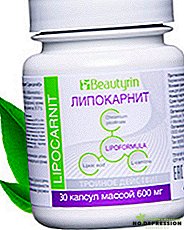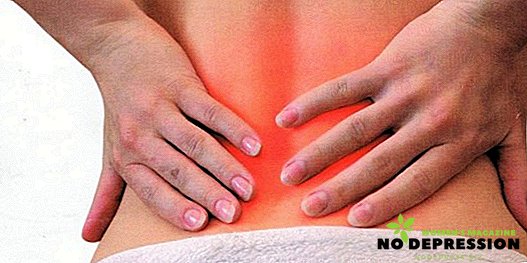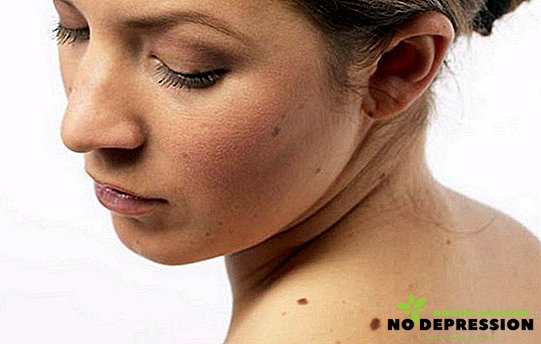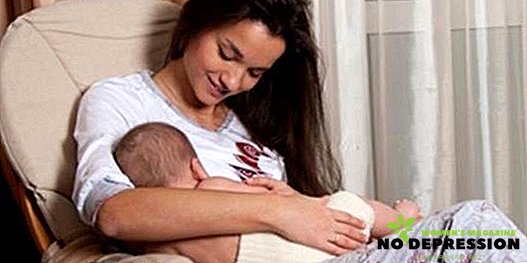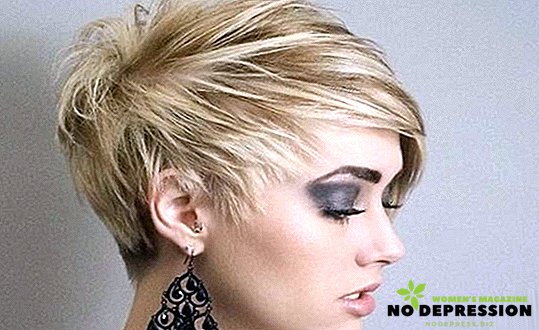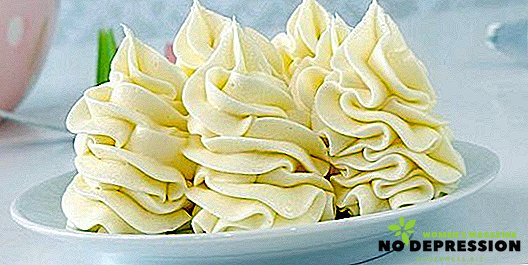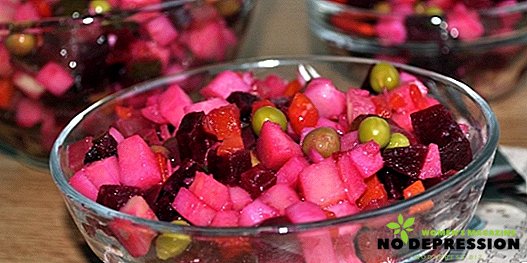With such a problem as a spur on the foot, today there are very many. Causes mass6 microcracks, uncomfortable shoes, various pathologies. It is worth remembering that the treatment of this pathology is a rather lengthy process, therefore, when symptoms are detected, it is recommended to start treatment immediately.
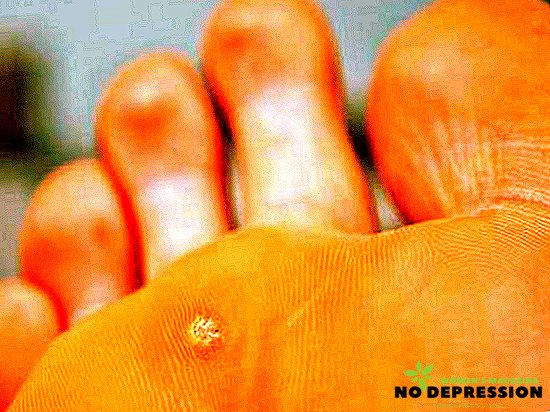
general characteristics
Spurs - bone growths, which are located on the plantar part of the foot. It may manifest as a result of wearing uncomfortable shoes, with serious stress, a variety of pathologies that lead to the appearance of microtraumas on the soft tissues of the feet. All this leads to the development of inflammatory processes.
Most often, the plantar fascia suffers, which at elevated loads does not have time to recover. This can cause abnormal bone growth.
But the spur on the foot is sometimes formed as a complication of endocrine or vascular diseases. As a result of metabolic disorders on the bone, calcium salts are deposited.
Usually, pathology is formed on the heel or on the pads near the toes, since it is these areas that are exposed to the most severe stresses when walking. When spurs appear in a person, the gait begins to change as he tries to set his foot so that there is less pain.
Bone growth can be from 2 mm to centimeter. And the intensity of the pain from the spur on the foot depends on the place of its appearance. Sometimes a small growth causes more discomfort than a large education.
The causes of spurs
Most often, this problem occurs as a result of age-related changes in bone tissue. It is for this reason that the disease most often manifests itself in old age, and women are predominantly affected. Usually this is due to uncomfortable shoes, heels, which create an increased load on the feet.
Also, a similar problem faced by athletes, people who suffer from excess weight, or those who spend a long time on their feet.
Recently, many pathologies of the musculoskeletal system "looked younger." So is the spur - it is increasingly common in people younger than 40 years old. Such a state severely limits the mobility of a person, depriving him of his usual way of life. To avoid this, it is important to know what causes the spur, how to avoid its appearance.
There are also factors that can cause the development of this pathology:
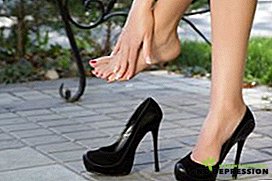 traumatic lesions of the bones or soft tissues of the foot;
traumatic lesions of the bones or soft tissues of the foot;- flat feet;
- inflammatory diseases of the joints;
- posture disorders;
- pathologies of metabolic processes causing salt accumulation;
- long wearing uncomfortable shoes or high heels;
- excess weight and other increased loads on the feet;
- vascular disease.
Also help determine the presence of "spurs", you can visually. Around the growth of soft tissue begin to inflame, swelling, redness appears. At the site of the spur, a callus may appear, and when probing with your fingers, you can find a hillock.
The main symptoms that are worth paying attention to
Every person who has experienced what a spur is, knows what kind of pain this pathology causes. They are compared to the sensation of a hot nail. Growth on the calcaneus is especially painful. Indeed, in this place passes a large number of nerve fibers, which are irritated when squeezed.
And the pain is of two kinds. Most often, the so-called "starting" discomfort first appears: it occurs in the morning when a person gets up. By evening, the pain decreases, but it may increase during the day.
Traditional treatment
The most effective and best method of treatment is to go to a doctor who will conduct a thorough examination and be able to prescribe treatment. The treatment takes place in several stages.
Diagnostics
Most often, diagnostic activities are carried out as follows:
- the doctor probes the hillock and determines by the patient's response;
- x-ray, which allows you to make an accurate diagnosis.
They may also order a biochemistry surrender, which often reveals rheumatic diseases - they project severe pains.

Treatment
After an accurate diagnosis, treatment is prescribed. It is worth noting that the nature of the spurs is such that to get rid of them can be very problematic, since it is necessary not only to remove the lump itself, but also inflammation.
The following treatment options exist:
- the use of medicines (gels, ointments);
- pricks that help relieve pain;
- electrophoresis, magnetic therapy or laser;
- physiotherapy;
- massage;
- shock wave procedures.
It is also recommended to use shoes with orthopedic insoles, which will reduce the discomfort when walking.
Alternative medicine - how can it help?
It is not always possible to contact the clinic, in addition, the methods of traditional medicine can be combined with traditional treatment.
Heel tapping
When severe pains prevail, you just need to knock the heel on the chair. This is due to the fact that such procedures increase blood flow, which removes unpleasant sensations.
Potato compresses
When discomfort becomes unbearable, use this method.
You will need to wash the fruit, then wipe it with the peel. The resulting mixture is applied to the dressing, which is fixed with polyethylene on the foot. Change occurs daily during the week.

Tincture on pine nuts
Tincture of pine nuts can relieve pain. It can be purchased at the store, or make at home. To do this, you need to crush 20g of nuts, and then insist them in 0.2 liters of vodka for 10 days. To use the medicine will have 3 times a day before meals.
Compresses with black radish
Spur treatment is permissible with the use of grated black radish. It is applied to the aching place at night. In the morning, wash your heel in warm water. The procedure is repeated 3-4 times.
Plantain leaf
Excellent help to get rid of inflammation unwashed sheet of plantain. It is necessary to attach the wrong side to the sore spot, and waiting for drying, change to a fresh sample. It will take about 2 weeks to treat the spur, and the most unpleasant period will be at the beginning of the first seven days.
Aspirin and iodine
Take 3% iodine, mix with 2 tablets of crushed aspirin, apply the mixture on a cotton wool and press onto the spur.
Further, the foot is wrapped with something heating, and a film, for the effect's longitude. Such treatment is required once a week, only three procedures.

Potato baths
Once again, potatoes come to the rescue: if you fill them with a 3-liter saucepan and cook, you get an excellent tool to help get rid of the spur on the feet. Ready tubers dumped in a bowl, after which they must be trampled until they cool. The next step is to wipe the patient's limb, smearing it with iodine, after which warm socks are put on. The method is repeated 7 times.
Honey cakes
Known for its medical properties, honey will come to the rescue even at a time like a spur. For this, one teaspoon of the substance is mixed with the same amount of oat flour. The resulting cake is applied to the inflamed heel from evening to morning, and for better fixing it is wrapped in a bandage. The procedure is performed for 10 nights in a row, on the previously steamed and dried legs.
Honey and Cabbage Compresses
Another recipe with the miraculous honey is used in conjunction with a leaf of cabbage. Sweet liquid is applied to the surface of the vegetable and is attached to the spur for the night. In the morning the heel is washed in warm water. For best results, you need to repeat this method a couple of times.
Iodine bath
It is an effective remedy to relieve pain symptoms. You just need to put the sore spot in a container with iodine for 10 minutes. Carry out such activities once a day during the week.

Massage and therapeutic exercises against spurs
Massage will quickly avoid discomfort. True, it will only help in the very initial stages.
And you can perform a massage yourself. But it should be borne in mind that the procedure can be very painful, but a couple of sessions will give a visible effect. And in order to enhance the effects of massage, it is recommended to use warming ointments, creams.
Use the following tricks:
- Firmly hold the heel with your fingers on both sides.
- Strongly pushing, hold the pads up and down.
- Strongly squeezing the foot, to conduct circular movements inside and around the heel.
- Knead the heel phalanges, trying to move it in different directions.
- Rub the rest of the foot with your palms, paying attention to each finger, starting from the little finger and ending with the big
- Knead calf in circular motions.
- Complete the massage by lightly stroking the lower limbs to the knee.
Medical gymnastics will also help. It is very important to first gently stretch your feet, after which you can begin to perform gymnastics:
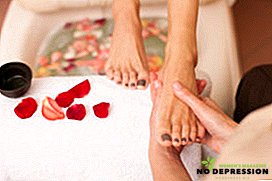 Lean your palms on the wall, push your healthy leg forward, and leave the patient behind.
Lean your palms on the wall, push your healthy leg forward, and leave the patient behind.- Bend your knees slightly higher than with a simple lunge, and hold for 15 seconds.
- Socks need to be put on a step or similar height, the heels remain below.
- Slowly we rise up on the socks.
- Run 10-15 times.
- Place your foot on a bottle of water, a rolling pin, or other rounded object. Roll along the entire plane.
Prevention
To prevent the occurrence of fasciitis, you should remember about choosing the right and comfortable shoes. Avoid flat feet, serving as the starting point of the development of the spur, will help wearing shoes on a small heel from 2 to 5 cm. Do not choose a profession associated with prolonged standing on their feet.
Watch for weight, which means eating right and exercise, adequately dosing the load. If the disease has already happened, do not neglect the advice of a doctor about wearing orthopedic shoes or specially selected insoles.


 traumatic lesions of the bones or soft tissues of the foot;
traumatic lesions of the bones or soft tissues of the foot; Lean your palms on the wall, push your healthy leg forward, and leave the patient behind.
Lean your palms on the wall, push your healthy leg forward, and leave the patient behind.